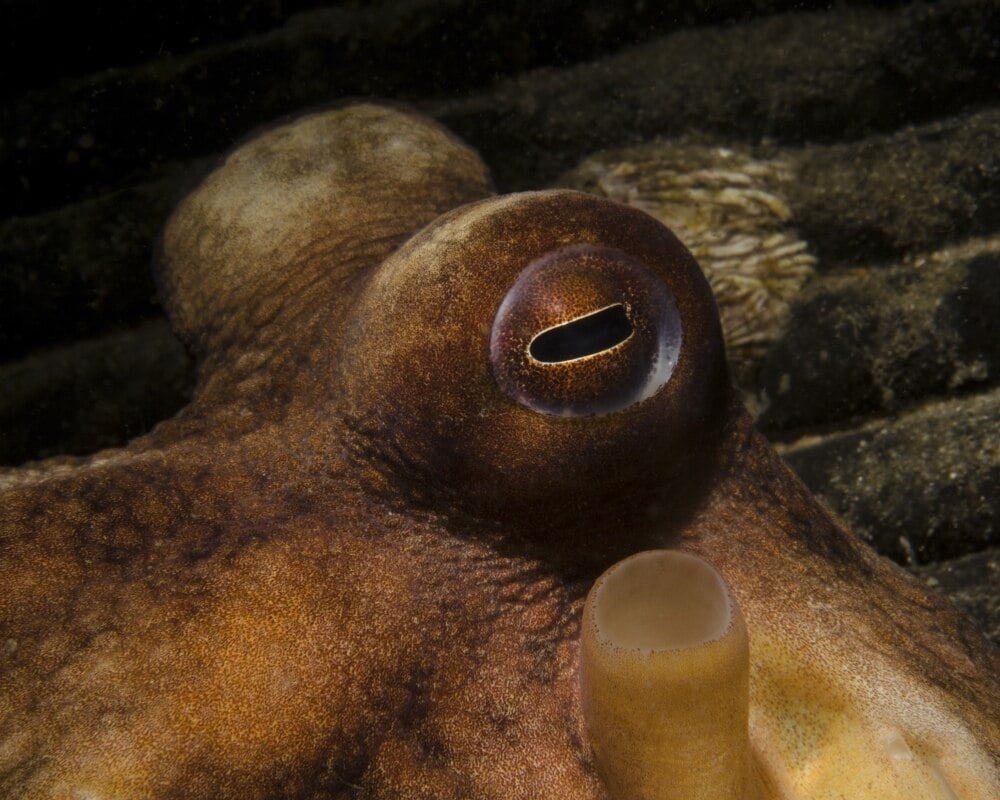

He suspects that light strikes the skin opsins, which stimulate the neurons to relay the information to neighboring chromatophores. “We didn’t expect to see such a fast reaction,” said Dr. But when they switched on lights, the chromatophores swiftly expanded, turning the skin dark in a matter of seconds. When the scientists kept the skin in darkness or dim red light, it remained pale. Oakley cut off pieces of octopus skin to see if they might respond to light. But instead of producing them in chromatophores, octopuses only make opsins in hairlike nerve endings in the skin. The scientists discovered that octopuses, like cuttlefish, have opsins in their skin. Instead of squid or cuttlefish, they chose to study octopuses, collecting animals from the tide pools near the campus. Desmond Ramirez, a graduate student, to join the hunt for skin opsins. Oakley, a biologist at the University of California, Santa Barbara, and M. But another pair of scientists had better luck.ĭr. No matter how often they tried, they failed. They next took pieces of skin from the animals and flashed light on them to see if they could get a response. Ramirez and Oakley are conducting new experiments that will seek to answer those questions and more.Together, these studies persuaded the scientists that cephalopods may have evolved a way to perceive light, and perhaps color, directly via their skin. “What kind of behaviors do the different groups share and what kind of behaviors does the skin sensing light underlie?” “Do they all come from the same ancestral source or did they evolve multiple times?” he asked. The octopus eye design paired with an iridescent finish lends to its. Their eyes have evolved into an elongated shape to make them less visible from above. The intelligent and determined octopus is the inspiration for these cut-out earrings. It eats crustaceans, like mollusks and snails. The octopus lives in the mesopelagic and bathypelagic zones. Only its eyes, optic nerve, and digestive tract are opaque.

If they do, Ramirez wants to understand how these two groups are related. The glass octopus is nearly entirely transparent. Octopuses are not the only marine mollusks whose skin can sense light, but scientists don’t know yet whether the skin of those other animals contains the light-sensitive opsins. “So instead of completely inventing new things, LACE puts parts together in new ways and combinations.” “It looks like the existing cellular mechanism for light detection in octopus eyes, which has been around for quite some time, has been co-opted for light sensing in the animal’s skin and used for LACE,” he explained. “We’ve discovered new components of this really complex behavior of octopus camouflage,” said Oakley, who calls cephalopods the rock stars of the invertebrate world. Ramirez found rhodopsin - usually produced in the eye - in the sensory neurons on the tissue’s surface.Īccording to Oakley, this new research suggests an evolutionary adaptation. Molecular experiments to determine which proteins were expressed in the skin followed. In order to record the skin’s sensitivity across the spectrum, Ramirez exposed octopus skin to different wavelengths of light from violet to orange and found that chromatophore response time was quickest under blue light. He and his co-author, Todd Oakley, an EEMB professor, dubbed the process Light-Activated Chromatophore Expansion (LACE). This process, Ramirez noted, suggests that light sensors are connected to the chromatophores and that this enables a response without input from the brain or eyes. When the light was turned off, the chromatophores relaxed and the skin returned to its original hue. Its skin is not detecting contrast and edge but rather brightness.”Īs part of the experiment, Ramirez shone white light on the tissue, which caused the chromatophores to expand and change color.

“But it can sense an increase or change in light. “Octopus skin doesn’t sense light in the same amount of detail as the animal does when it uses its eyes and brain,” said lead author Desmond Ramirez, a doctoral student in the Department of Ecology, Evolution and Marine Biology (EEMB). The researchers’ findings appear in the Journal of Experimental Biology. The animal does so by using the same family of light-sensitive proteins called opsins found in its eyes - a process not previously described for cephalopods. The most intelligent, most mobile and largest of all mollusks, these cephalopods use their almost humanlike eyes to send signals to pigmented organs in their skin called chromatophores, which expand and contract to alter their appearance.Ī new study by UC Santa Barbara scientists has found that the skin of the California two-spot octopus ( Octopus bimaculoides) can sense light even without input from the central nervous system. It can change the color, pattern and even texture of its skin not only for purposes of camouflage but also as a means of communication.


 0 kommentar(er)
0 kommentar(er)
